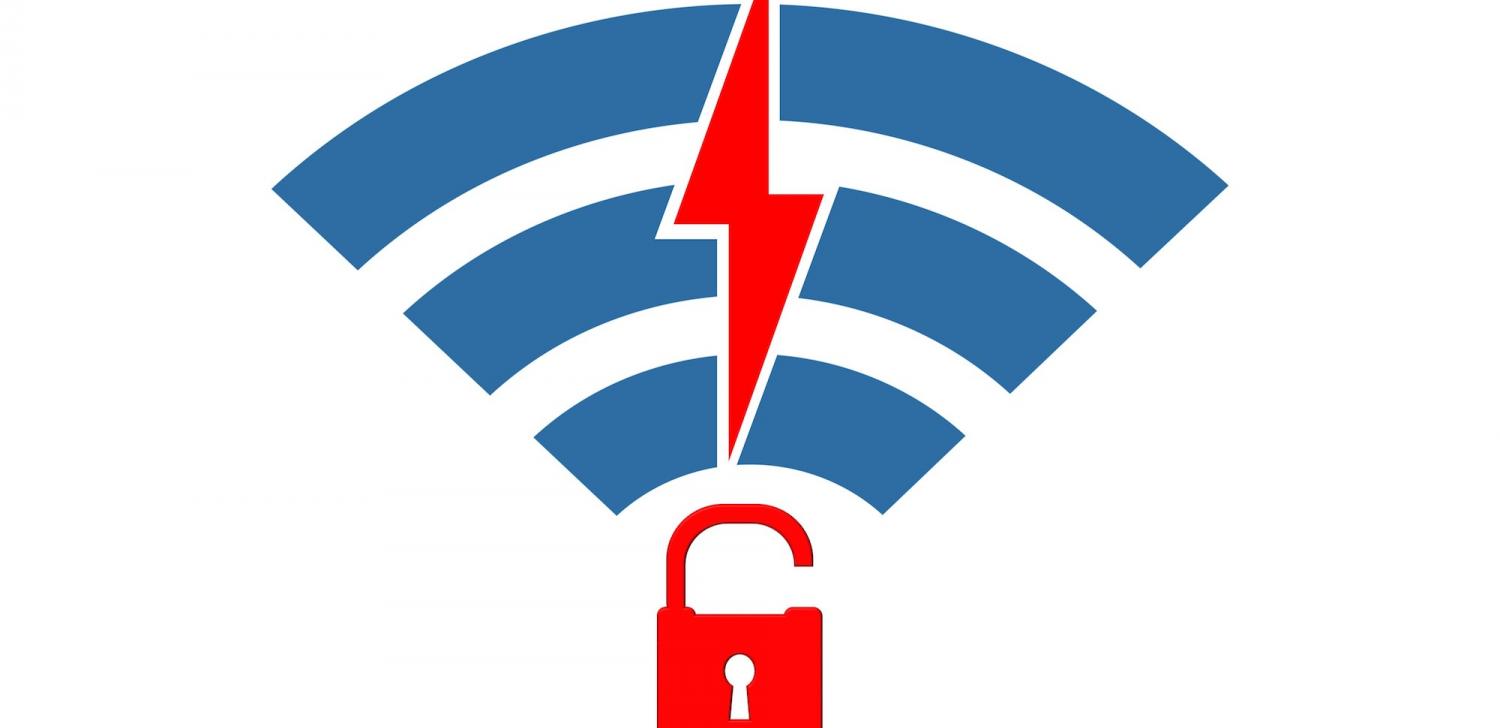
Is Your Wi-Fi Vulnerable?
Our untethered online life is way more convenient than the old dial-up days, but that can come at a price if not secured.
So you have the best bandwidth on the block, do you? Are you enjoying 1,000 Mbps as you stream, shop, surf and chat without so much as a hiccup? Well if you haven’t properly secured your Wi-Fi, you’re sharing your Internet speed with everyone else in the neighborhood, so get ready for some lag. And that’s the best-case scenario. The worst-case scenario involves hackers, your personal data and some serious headaches down the road.
So how do you keep criminals and bandwidth moochers out of your network? How do you secure your digital fortress? You might think that kind of security would require a full-time IT expert, but there are actually a few simple changes you can make to your network that will lock it up tight as a drum.
Making these changes will require getting into your Wi-Fi router’s admin panel, which might sound complicated, but do not fear it is surprisingly simple. All you must do is enter your router’s IP address into your browser like you would any other website. Typically, the IP address is 192.168.0.1 or 192.168.1.1, but this can vary by model. If neither one works, Google your router’s model number to find it (this is actually what most IT professionals do, believe it or not).
It’s important that when you access the admin panel you plug directly into the router through a cat-5 cable (those cables that came with your computer that look like extra-wide phone cords). Accessing it over Wi-Fi transmits your login credentials to anyone in range. Odds are good no one is standing outside your house waiting for you to log in to your router, but why risk it?
Once you’re in, you’ll want to change a few things. First, change the admin user name and password. Since most routers ship with a default password, hackers can get in and make changes with almost no effort as long as they know your router model. Change your router’s SSID (the name that shows up when you try to connect to it), as well. Like user names and passwords, routers are shipped with default SSIDs, making it easier for hackers to get in. So, get creative and rename them something unique.
You’ll also notice an option in that admin menu for changing your encryption. If it’s set to WEP, change it immediately, as it’s a highly vulnerable form of encryption. If the option is available, choose WPA/WPA2 Personal mode, with TKIP encryption. This screen in the admin menu will also give you the option to change your wireless password. If it’s a default password, definitely change that to something stronger – preferably 12 characters or more with a combination of upper- and lower-case letters, numbers and special symbols.
As long as you’re poking around in your router menu, ensure that the firewall is on and that WPS and UPnP are disabled. This last part may make it a little more difficult to connect new devices to your network, but it’s worth it to close some alarming security vulnerabilities.
All it takes is a few seconds for hackers to get into your system, steal your personal data and wreak havoc. Then again, all it takes is a few seconds to log into your router and shore up your defenses. The choice is pretty clear.
